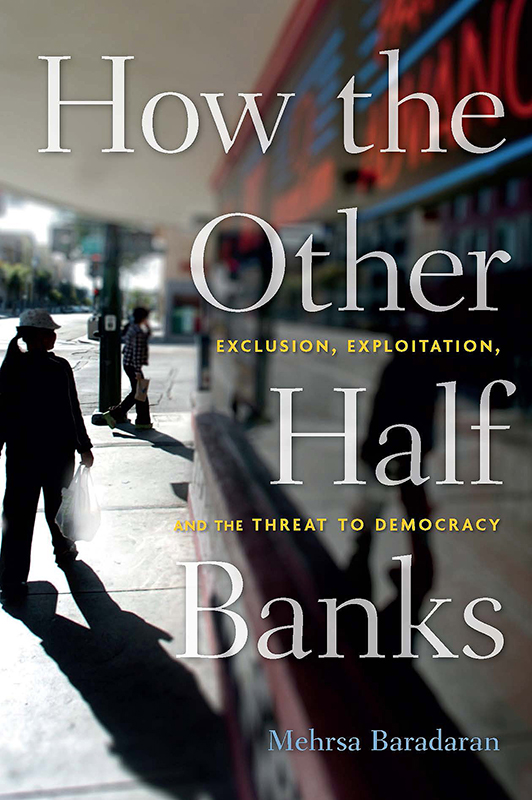There are two forms of personal banking in America. For those who can afford it, there are checking accounts, ATMs and debit cards. For everyone else, including the 70 million who don’t have a bank account or access to traditional financial services, there are “fringe loans” from payday lenders, title loans and pawn shops. As Mehrsa Baradaran documents in How the Other Half Banks: Exclusion, Exploitation, and the Threat to Democracy, limited access to banking is both widespread and staggeringly expensive.
Baradaran, an associate professor at the UGA School of Law, traces the history of banking in America to show how trends including deregulation and the consolidation of banks have resulted in a banking system that has no incentive to serve Americans who most need small loans.


